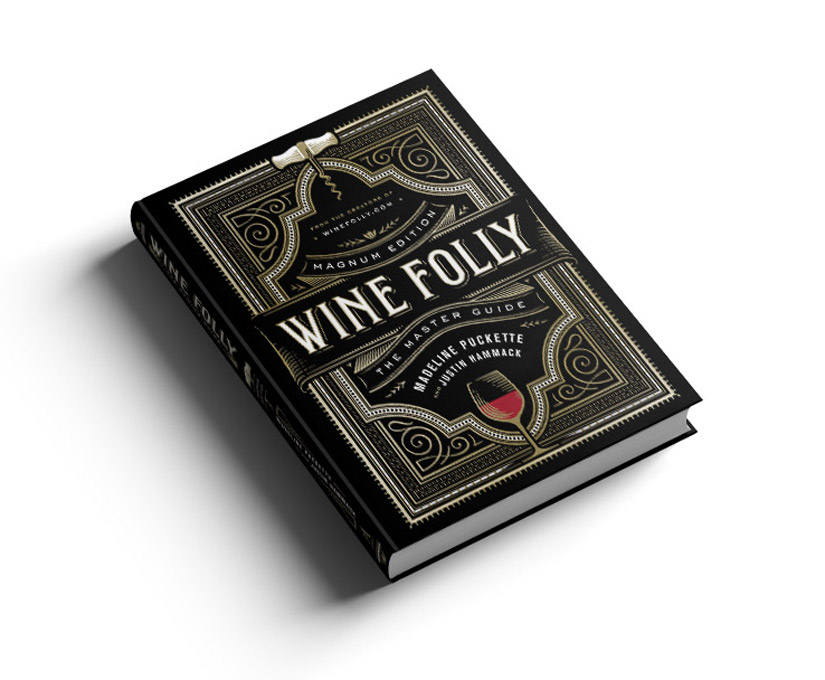What’s inside your glass of wine, scientifically speaking? In this episode you’ll find out why wine has sulfites and how each compound class contributes to wine’s unique acquired taste.
What is Wine: The Science of Wine
If you were to taste Chardonnay grape juice, it would taste nothing like a wine made with the very same grapes. Why is that? Well, the fermentation causes a series of chemical reactions that unlock the grape’s potential as wine. (Honestly, Chardonnay grape juice doesn’t taste as unique as the wine!)
Looking inside a glass of Chardonnay reveals some fundamental facts:
- Around 85% of the liquid is water.
- About 13–15% (most of the remaining portion) is ethanol alcohol.
- All of the unique qualities come from a tiny fraction of what remains in the bottle of wine.
The two largest components of the remainder include acids and glycerol.
Wine is an acidic beverage, even more acidic than coffee. Most wines range from about 3 pH (very tart) to 4 pH (smooth and round).
Glycerol is a bizarre flavorless, colorless, viscous fluid with an indescribable sweet taste and an oily texture. Although, science can’t confirm it yet, most believe that glycerol contributes to the body of wine.
Video Contents
- The different bottle sizes of wine.
- The proper serving size for wine.
- Which wines have high calories and carbs (and low-calorie wines too!).
- Why men can drink more than women.
- The chemical constituents of wine.
- What sulfites are and how they affect health.
Get The Book
The companion to this series is the new Wine Folly Guide – completely redesigned and rebuilt from the ground up. This one has over two times the content of the first, bestselling book.
